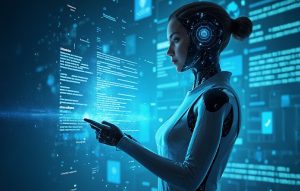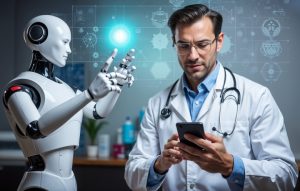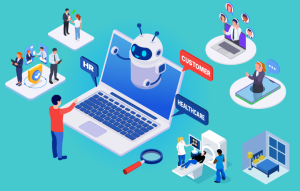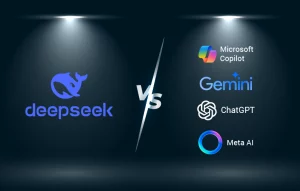CES, one of the largest tech conferences in the world, held in January 2018, drew in 3,900 exhibitors and over 180,000 attendees. AI remained one of the notable highlights from CES 2018. Machine learning, data science, and AI – are majorly inter-related technologies that have gained popularity in the past few years. Following the same, new AI innovations were unveiled at CES 2018. Here’s a brief on the products that were the highlight of the event.
Nvidia Xavier Automotive AI
Graphics chip giant Nvidia unveiled the next generation of its autonomous driving stack powered by Xavier.
“We developed the entire stack of autonomous vehicle software.” – Jensen Huang, Chief Executive, Nvidia.

source : www.nvidia.com
Xavier forms the basis of two software platforms: Drive IX and Drive AR. Drive IX allows carmakers to incorporate automotive data into the user experience and operational controls of the vehicle. Moreover, it also allows automakers to create AI co-pilots that leverage sensors both inside and outside of the car to provide assistance. Drive AR makes it possible for auto companies to create augmented reality-based interfaces for cars that display notifications and points of interest.
Cocoon Cam Clarity Baby Cam
Cocoon Cam demonstrated its second generation Cocoon Cam Clarity baby monitor at CES. This smart baby monitor camera can tell if the infant is breathing and send users real-time data and alerts. It also allows a two-way interaction with the baby without the need for any wearable, or garment attachments. Machine learning algorithms and HD camera mounted above the baby’s cradle makes this possible.
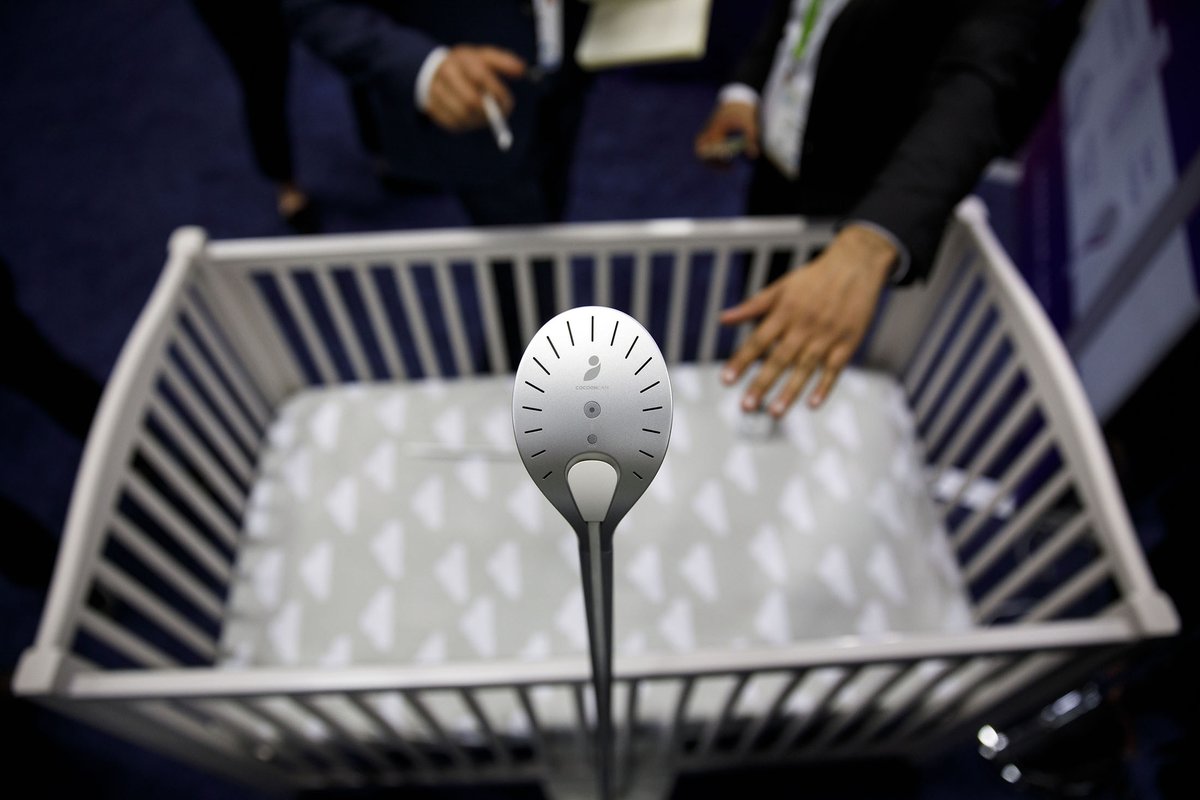
source : https://hardwareclub.co
Byton Smart Intuitive Vehicle
Byton unveiled the all-electric autonomous SUV at CES 2018. Byton says this base model will be able to charge its battery to 80% in 30 minutes. They call their first car an SIV – a Smart Intuitive Vehicle that connects with and integrates all manner of personal smart devices like phones, watches, and tablets.
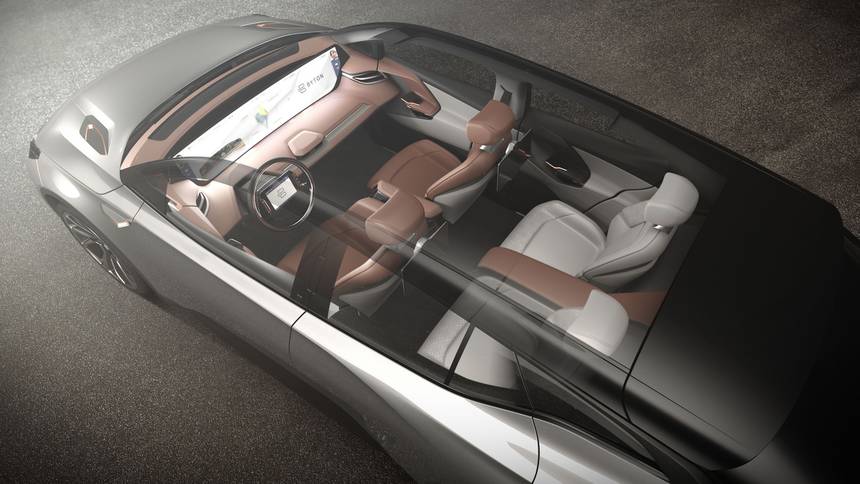
source : https://www.byton.com
Hyundai Intelligent Personal Agent
Hyundai’s Intelligent Personal Agent, a voice-enabled virtual assistant system, was introduced at CES 2018. The voice recognition software by Hyundai is based on an artificial intelligence and conversational intelligence platform, which enables users to talk to the car to text, make phone calls, get directions, and even open the sunroof or turn on/off the AC.
PianoGo
PianoGo is an iPad app that works with The One Smart Piano. Using machine learning, the app helps you learn, as the name suggests, piano. PianoGo can monitor and track how you play. It even compares the results, based on which it provides an assessment. This AI-based app helps users understand if they are playing with accuracy, enough expression, or good rhythm.
Rinspeed Snap
Rinspeed Snap – a car that looks like a skateboard was a concept debuted at CES. It, however, could become a reality someday. It will allow users to step on easily and step off if they don’t like how the robot is driving.
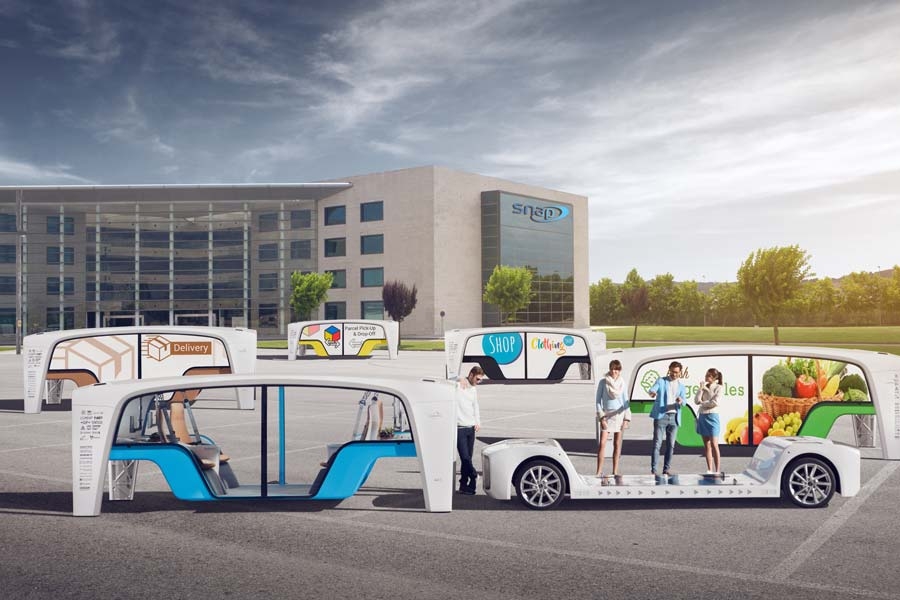
source : https://www.rinspeed.eu
AR4X Security Camera
Amaryllo Community presented their intelligent camera, AR4X, which is still at the Kickstarter stage. This AI powered security camera can recognize faces and tell the difference between people, cars, and even pets and alert you about an intrusion.
Apart from new innovative products in the field of AI, CES encountered some inventive AR products too. You can read about the new AR releases here.
Recap
As CES 2018 is focused on consumer electronics, many of the products that were showcased in the event were consumer-centric. Many of these devices focus on bringing more convenience and safety to everyday life.
Looking at the amount of vehicular tech at CES, some of these futuristic features that are at a conceptual stage may not be far off from becoming a reality. A wide variety of devices demonstrated at CES reflect the potential of AI and its applications. AI, machine learning, and data science is widely adopted by many companies. With consumer products that leverage AI, it is safe to say that these technologies will see a greater adoption rate among the users in near future.



